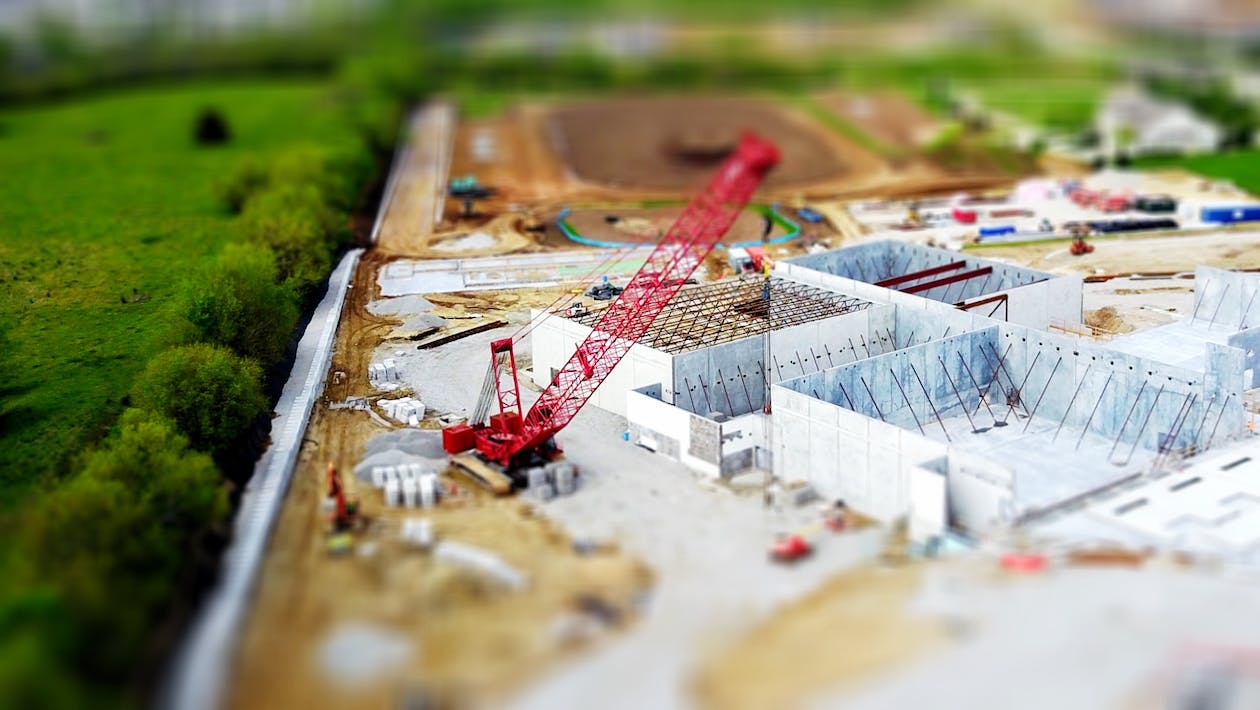When it comes to construction projects, one of the crucial aspects is the submittal process. Submittals refer to the documentation that contractors and suppliers submit to the project team for review and approval. These documents ensure that the specified materials and equipment meet the project requirements and comply with relevant codes and standards.
In this blog, we will dive into the world of submittals and understand various types such as product data, shop drawings, and material samples. We will explore how each type ensures accuracy, compliance, and effective communication among stakeholders.
Exploring Different Types of Submittals in Construction
Construction projects involve a multitude of documents, and one crucial aspect is the submission and review of various types of submittals. Submittals play a vital role in ensuring accuracy, compliance, and effective communication among project stakeholders. In this blog post, we will dive into the world of submittals, specifically highlighting the different types such as product data, shop drawings, and material samples.
1. Product Data Submittals
Product data submittals are essential documents in construction projects. These submittals provide detailed information about materials, equipment, and products to be used in the project. Architects, engineers, and contractors rely on product data submittals to evaluate whether the proposed items meet project requirements, codes, and standards.
Product data submittals typically include technical specifications, performance data, installation instructions, and applicable certifications. These documents allow stakeholders to review and assess the proposed products, ensuring they meet quality standards, compatibility, and project objectives.
2. Shop Drawings
Shop drawings are detailed illustrations or diagrams created by contractors, subcontractors, or manufacturers. These drawings provide a visual representation of how specific components, such as structural elements, machinery, or equipment, will be fabricated, installed, or integrated into the project.
Shop drawings are crucial for ensuring accurate dimensions, alignments, and coordination with other building systems. They help stakeholders visualize the construction details and detect any potential conflicts or issues before execution. Architects and engineers review and approve shop drawings to ensure compliance with design intent and overall project requirements.
3. Material Samples
Material samples are physical representations or specimens of the proposed materials to be used in the construction project. These samples allow stakeholders to evaluate the visual appearance, texture, color, and quality of materials before they are incorporated into the project.
Architects, interior designers, and clients often request material samples to ensure they align with the design concept, aesthetic requirements, and project specifications. Evaluating material samples helps avoid discrepancies or unexpected results during construction and ensures the desired outcome is achieved.
Importance of Submittals in Construction Documentation
Submittals, encompassing product data, shop drawings, and material samples, are essential components of construction documentation. They serve as a means of communication and coordination among project teams, ensuring everyone involved has a clear understanding of the project’s goals, requirements, and quality standards.
Accurate and timely submittals significantly contribute to the efficient execution of construction projects. They facilitate collaboration, prevent delays, and minimize the chances of rework or conflicts during construction. Moreover, submittals ensure that all stakeholders are on the same page, reducing misunderstandings and promoting successful project delivery.
In conclusion, understanding the different types of submittals in construction, namely product data, shop drawings, and material samples, is crucial for effective project management. By leveraging these submittals, project stakeholders can mitigate risks, ensure compliance, and achieve the desired results. Incorporating thorough submittal processes within construction documentation enhances communication and sets the stage for a smooth and successful construction project.
Did you know that submittals are not only important for ensuring construction accuracy, but they also play a crucial role in compliance and effective communication among stakeholders?
Frequently Asked Questions
What are submittals in construction?
Submittals in construction refer to the process of submitting various documentation required for a construction project. These documents act as a means of communication between the project team and the stakeholders, ensuring accuracy, compliance, and effective collaboration.
What are the different types of submittals?
There are several types of submittals used in construction:
- Product Data Submittals: These submittals include detailed information about the materials, equipment, or products proposed for use in the project. They provide data such as specifications, performance data, and installation instructions.
- Shop Drawings: Shop drawings are detailed drawings created by the contractor or subcontractor to illustrate how specific components or systems will be fabricated, installed, and integrated into the overall project.
- Material Samples: Material samples are physical samples of the materials specified for the project. These samples allow the stakeholders to visually inspect and evaluate the quality, color, texture, and other aspects of the materials.
Why are submittals important in construction?
Submittals play a critical role in construction projects for several reasons:
- Ensure Accuracy: Submittals allow the project team to review and verify that the proposed materials, equipment, or products meet the project’s requirements and specifications.
- Ensure Compliance: Submittals help ensure that the construction project complies with building codes, regulations, and industry standards.
- Promote Effective Communication: Submittals facilitate effective communication among the project team and stakeholders, reducing misunderstandings and clarifying expectations.
Who is responsible for preparing submittals?
The responsibility for preparing submittals varies depending on the project and contractual agreements. Generally, the contractor or subcontractor is responsible for preparing submittals related to the materials, equipment, or products they are supplying or installing. However, the project’s specifications and requirements should clearly define the responsibilities of each party involved.
How are submittals reviewed and approved?
Submittals are typically reviewed by the project team, including architects, engineers, consultants, and other stakeholders. They evaluate the submittals to ensure compliance with the project’s requirements and specifications. Once reviewed, the submittals may be approved, rejected, or require revisions. The approval process may involve multiple iterations until all parties are satisfied with the submitted documentation.
Wrap Up
In conclusion, understanding the different types of submittals in construction is crucial for a successful project. Product data submittals provide detailed information about materials, shop drawings ensure accuracy in installation, and material samples allow stakeholders to visualize the final product. By utilizing these submittals effectively, construction professionals can ensure compliance, mitigate risks, and enhance communication among all parties involved. Have you had any experiences with different types of submittals? We would love to hear your thoughts and insights in the comments below!







Leave a Reply
You must be logged in to post a comment.